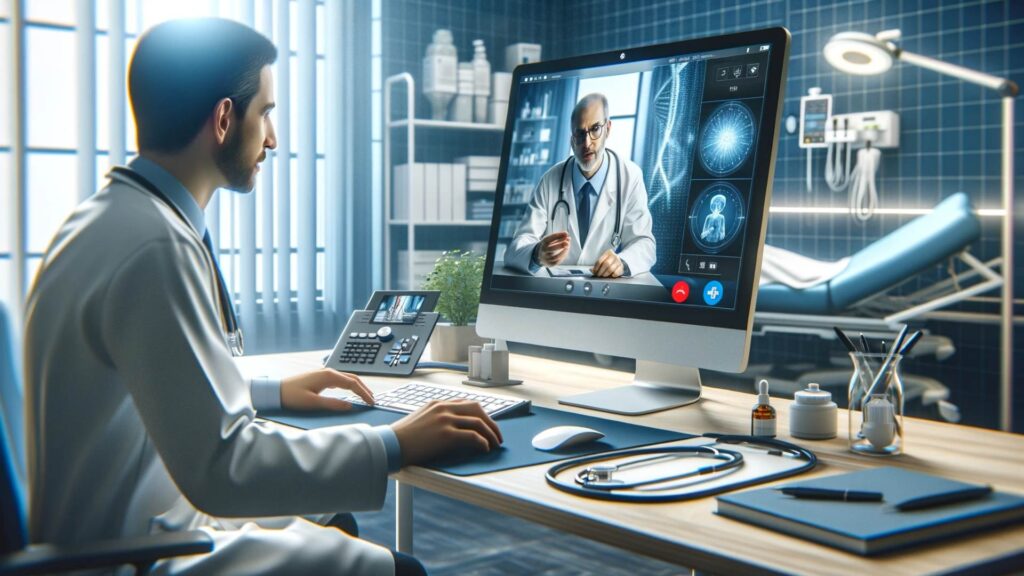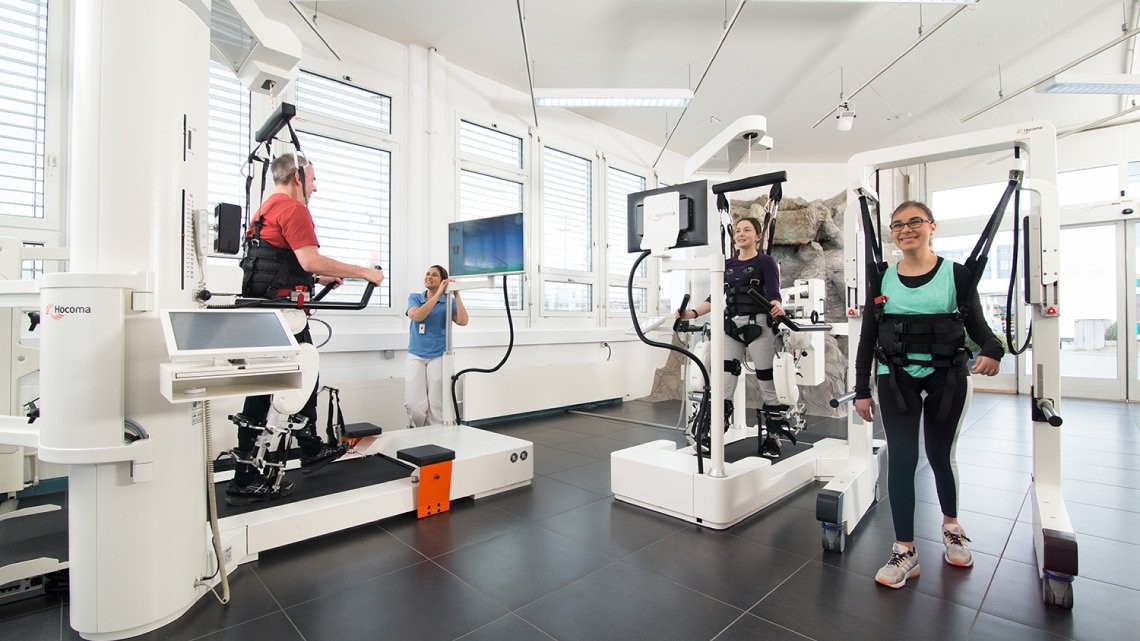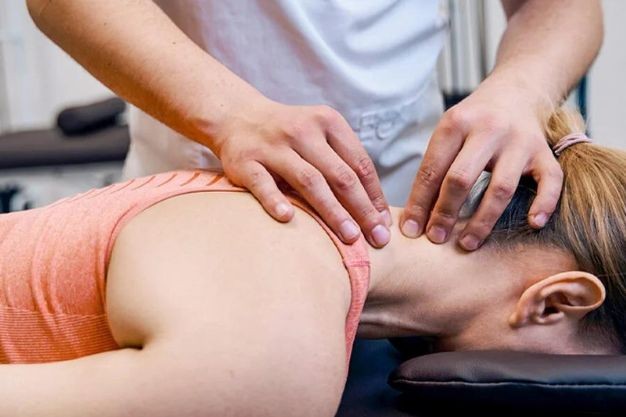Rehabilitation specialists are seeing a wave of technological innovations. These tools are transforming how they support their patients. Devices are helping with conditions like diabetic neuropathy Baltimore, offering new hope. By integrating these technologies, specialists enhance care, boost recovery, and improve lives.
Assistive Robotics
Robotics in rehabilitation is gaining ground. Machines now assist in therapies, providing support and enhancing precision. They can offer consistent and repeatable movements that benefit patients recovering from strokes or injuries. The use of robotics allows for more personalized care and can adapt to the changing needs of the patient. This technology is already making a significant impact in clinics.
Wearable Technology
Wearable devices track progress in real time. They have sensors that monitor heart rate, movement, and even sleep patterns. These devices offer valuable data without being intrusive. By observing this data, specialists can adjust treatment plans more effectively. Wearables also encourage patients to engage in self-care, promoting a proactive approach to their recovery.
Virtual Reality
Virtual reality (VR) is not just for gaming. It is an exciting development in rehabilitation. Patients can engage in virtual exercises that simulate real-world activities. VR provides a safe environment for practicing movements and developing skills. It also makes therapy more engaging, which can lead to better outcomes. Studies, such as those conducted by the National Institute of Mental Health, show promising results in reducing pain and improving mobility.

Telemedicine
Telemedicine connects specialists with patients remotely. It expands access to care for those who may live far from treatment centers. Through video consultations, therapists provide guidance and support. This method ensures continuity of care and makes it easier for patients to keep up with their programs. The future of rehabilitation might well include a blend of in-person and online sessions.
Exoskeletons
Exoskeletons are wearable machines that assist movement. They help patients walk and perform daily activities. These devices are particularly helpful for those with spinal cord injuries or severe mobility challenges. By supporting the body, exoskeletons reduce the risk of further injury and promote independence.
Data and Analytics
Data analytics play a critical role in modern rehabilitation. By analyzing patient data, specialists can identify trends and make informed decisions. This approach leads to more tailored treatments and better outcomes. The use of data helps bridge the gap between patients and healthcare providers, ensuring more personalized care.
Comparison Table of Key Technologies
| Technology | Primary Use | Benefits |
|---|---|---|
| Assistive Robotics | Support in physical therapy | Consistency, personalization |
| Wearable Technology | Monitoring and data collection | Real-time feedback, self-care promotion |
| Virtual Reality | Simulated exercises | Engagement, safe practice |
| Telemedicine | Remote consultations | Access, continuity of care |
| Exoskeletons | Mobility assistance | Independence, injury reduction |
Conclusion
Technology is changing how rehabilitation specialists work. Innovations provide tools that enhance traditional care methods. From robotics to VR, each new development offers opportunities to improve patient outcomes. As these technologies become more integrated, the future of rehabilitation promises to be more effective and accessible for all. The advancements in this field offer hope and inspire confidence in what can be achieved.













